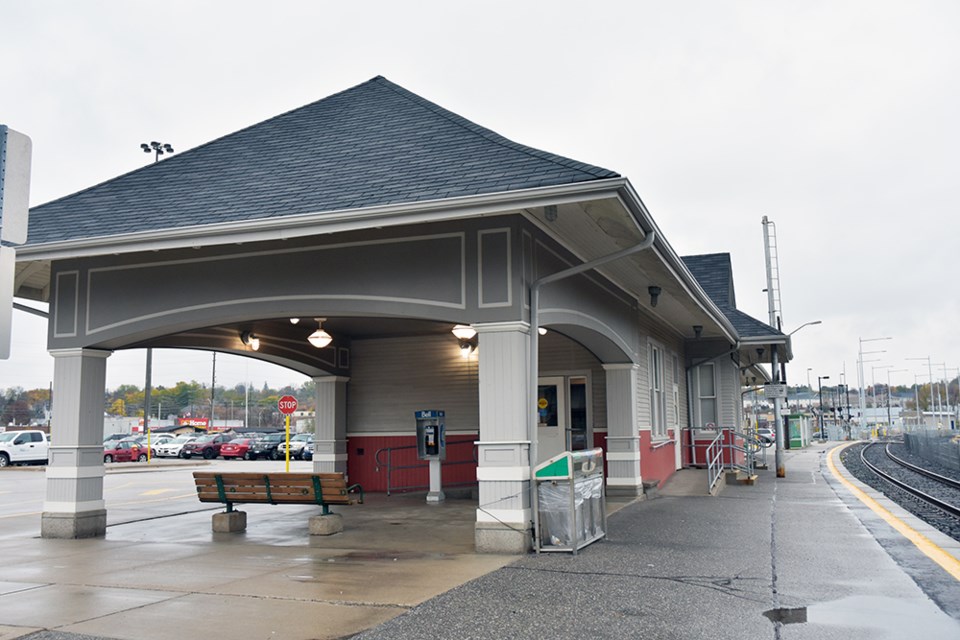Trails, rail and water transportation…. Both the east and west branches of the Holland River were used for navigation. The first boat to dock in Bradford, back in 1834, was the steam-powered Peter Robinson, that plied Lake Simcoe. Some boats carried freight and passengers, others offered pleasure excursions to scenic locales along the lake. The Bradford Wharf was located on the east bank of the river, north of the Toll Road in Amsterdam.
There were really only two main roads that led north — 27, and the Penetanguishene Road (Yonge Street). Stagecoaches and wagons carried passengers and freight. It could be slow going, on roads that often became mudholes, and steep hills that could require passengers to get out, to lighten the load, or even push. As for the concession roads, they were little more than trails. Settlers were required to maintain the section of road that fronted their homesteads — removing trees to create a pathway. Where land was vacant, pathmasters were appointed to ensure the way was cleared.
In 1849, the Legislature of Upper Canada passed an act chartering the Ontario Simcoe and Huron Railway Company, charged with building a rail link from Lake Ontario to Lake Huron, via Lake Simcoe — the O.S.&H, which became known as the Oats, Straw and Hay Railway. Simcoe County put up 50,000 £ sterling, matched by Toronto city council. There was opposition from residents who lived too far away from the rail line for it to be of use, yet were being taxed — with good cause. In some years, taxes for the railway exceeded all other levies.
The first trip, from Toronto to Aurora, took place in May of 1853. By June 15, the line reached Bradford, with the first consignment of freight ever delivered by rail in Canada: a barrel of salt, a dozen brooms and a chest of tea. The first recorded train wreck in Canada was also reported on the Toronto-Bradford Line: on July 17, 1853, a train with a single passenger on board hit a cow near Concord, and the rear car derailed. The passenger was slightly injured.
The railroad reached Collingwood by 1855, but, by June 1857, the OS&H had liabilities of almost one million £, and the shares owned by the County of Simcoe, paid for by taxpayers, were worthless. In 1859, the government took over the company, which became the Northern Railroad of Canada, which continued to be plagued by poor construction, and encounters with farm animals. The line was finally re-gauged and rebuilt, and, in 1888, was acquired by Grand Trunk Railway, eventually becoming part of Canadian National Railway in 1923.
Sources: Governor Simcoe Slept Here: The Legacy of West Gwillimbury, Bradford West Gwillimbury Public Library Archives, and other online sources.
Do you have little-known facts about Bradford West Gwillimbury’s history? Email [email protected].




